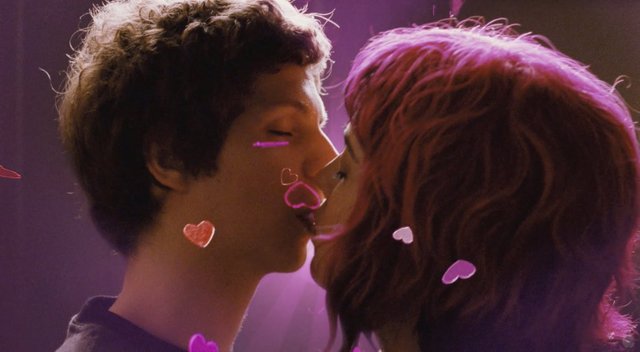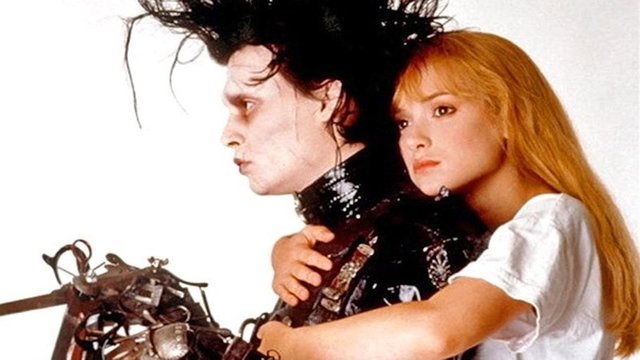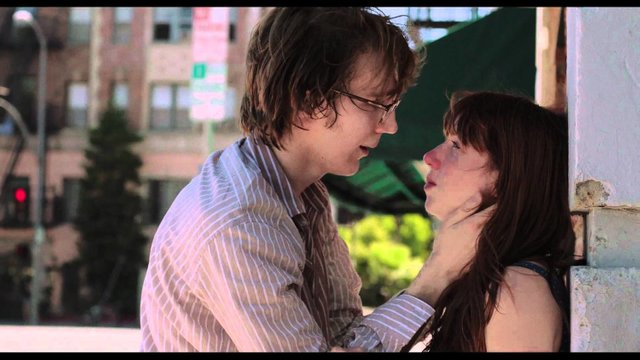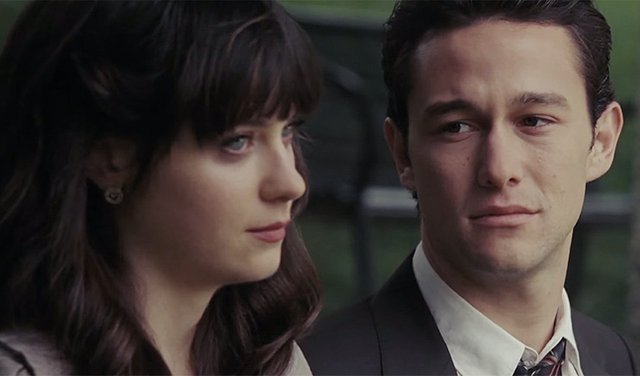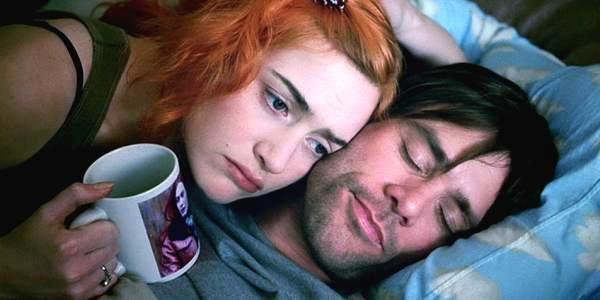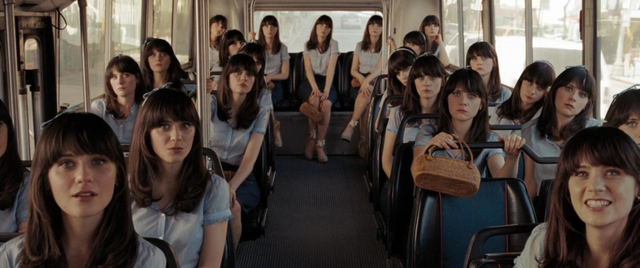Why Do We Hate Manic Pixie Dream Girls ... And Boys?
Most everyone has heard the term “Manic Pixie Dream Girl” used at some point in their life, especially in film circles. The term was coined by writer Nathan Rabin while examining Kirsten Dunst’s character in “Elizabethtown.” “[The MPDG is a] bubbly, shallow, cinematic creature that exists solely in the fevered imaginations of sensitive writer-directors to teach broodingly soulful young men to embrace life and its infinite mysteries.” Nathan now regrets coining the phrase, due to it’s overuse and seemingly “fundamentally sexists” implications. However, seeing as Manic Pixie Dream Boys ALSO exist in the cinematic landscape I think there’s more discussion to be sparked about why this film trope exists at all and why it is viewed in such a negative light.
When you think of MPDGs who do you think of? Any of the women from the following films perhaps?
Summer - 500 Days of Summer
Ruby - Ruby Sparks
Clair - Elizabethtown
Sam - Garden State
Clementine - Eternal Sunshine of the Spotless Mind
Ramona - Scott Pilgrim vs. The World
Holly - Breakfast at Tifffany’s
Marla - Fight Club
And when we think of Manic Pixie Dream Boys who comes to mind?
Edward and Jacob - Twilight
Gus - The Fault in Our Stars
Sam - Benny & Joon
Edward - Edward Scissorhands
Josh - Big
Buddy - Elf
Peter - Peter Pan
Jesse - Tuck Everlasting
So what do MPDGs and MPDBs have in common? They are often aesthetically quirky with off-beat personalities, usually due to naivety. They are usually written exclusively from the lead character’s perspective. It’s rare that we see their internal struggle seeing as the story revolves around the main character rather than the MPDG or MPDB. Both are often one dimensional love interests who exist almost solely to give the protagonist what they want, while the protagonist adopts a mindset of: I need YOU so I can grow.
If this is the case, and MPDGs and MPDBs exists solely for the benefit of their significant others without any depth of their own, it seems that some of the characters who probably came to mind initially shouldn’t actually make the list. And perhaps we’ve grossly overused this term to describe any vaguely pixie-like woman or man. For example, let’s examine Summer, from 500 Days of Summer.

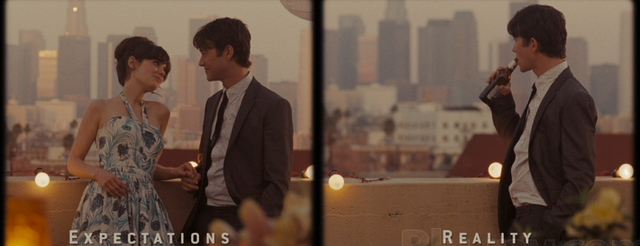
However, while Summer may not be a MPDG, I certainly don’t think she’s innocent. While Summer knows what Tom wants she continually ignores Tom’s feelings in pursuit of what she wants instead. And this is where I think the real problem lies, both Summer and Tom are selfish. A thorough observation of any MPDG/B story will often reveal a deeply selfish protagonist with a shallow love interest. This mysterious love interest is universally thought to be a consequence of lazy writing. But I wonder if there isn’t a deeper reason why Summer has received so much hate.
Although many people view Manic Pixies as negative, there’s a reason these characters have become tropes… yes they easily push narrative forward without having to delve too deeply into a second character… but as Nathan Rabin himself explained, “[The MPDG] exists solely in the fevered imaginations of sensitive writer-directors.” Could it be that these pixies are what many of us fantasize about as the perfect partner? Do we love the idea of them more than we care to admit? Someone devoted wholly to OUR wellbeing, someone who exists for US, someone who helps US to grow, someone who just want US to be happy, someone who makes US feel wanted. Yes, these are natural human desires… but they’re also self centered.
Clementine, from Eternal Sunshine is another manic pixie who breaks the stereotype. She summarizes this idea of selfishness best when she tells Joel, “Too many guys think I’m a concept, that I’m gonna complete them or make them alive, but I’m just a f*cked up girl who’s looking for her own peace of mind.”
You don’t have to be in a relationship long before you realize that relationships are often, in their most simplified form, two very different people with different drives learning and willing to work together in love. And love is not rooted in selfishness… but rather sacrifice and support.
Has this problem of selfishness permeated us, the audience, as well? If these manic pixie dream girls and manic pixie dream boys are somewhat of a fantasy why do we sometimes hate them so much? Perhaps the answer is that we don’t hate the real Manic Pixies… maybe we only hate when the stereotype is broken and they don’t fulfill our fantasies.
Sources:
The Manic Pixie Dream Girl Redeemed (?) by Greg Dember for What is Metamodern
Why I Hate The Term Manic Pixie Dream Girl by Tomori22 - YouTube
I’m Sorry for Coining the Phrase “Manic Pixie Dream Girl” by Nathan Rabin for Salon
The Definitive List of Manic Pixie Dream Girls in Film and Television by Jamie Loftus for BDCwire
Manic Pixie Dream Boys - Movies/TV by peterdi315 - IMDb list
Semantic Breakdown: The Manic Pixie Dream Bitch by Camilla Collar for Allmovie.com
Fair use notice: This blog may make use of copyrighted material the use of which has not always been specifically authorized by the copyright owner. This constitutes a “fair use” of any such copyrighted material as provided for in section 107 of the US copyright law. In accordance with title 17 U.S.C. section 107, the material on this blog is offered publicly and without profit to the public users of the internet for comment and nonprofit educational and informational purposes. Copyright disclaimer under section 107 of the Copyright Act 1976, allowance is made for “fair use” for purposes such as criticism, comment, news reporting, teaching, scholarship, and research. Fair use is a use permitted. No copyright(s) is/are claimed. The content is posted for criticism, study, research, and educational purposes.
